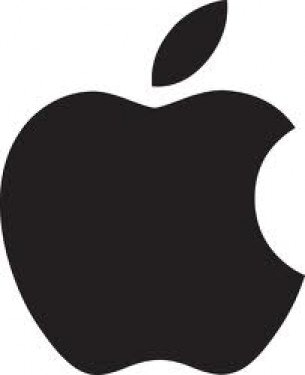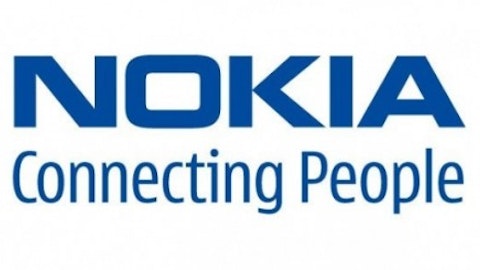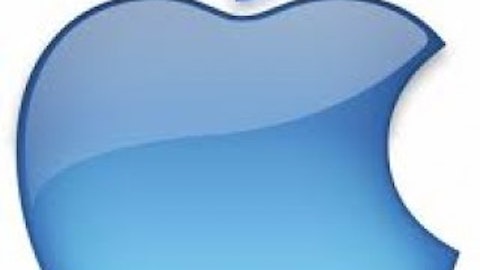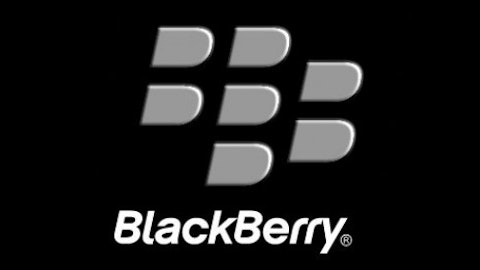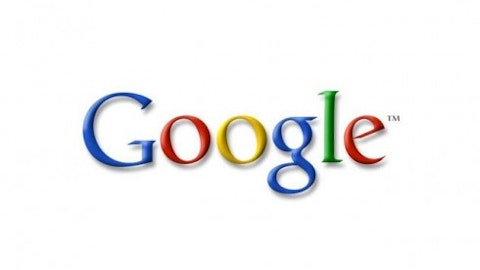In many ways Apple Inc. (NASDAQ:AAPL) operates in a privileged world. The company has a massive following of loyal fans who can be counted on to upgrade their iPhones and iPads from time to time, driving a significant (and profitable) long-term revenue stream.
However, in the last year or two, more and more people have come to believe that Apple’s iOS — which powers the iPhone, iPad, and iPod Touch — is outdated. Particularly after Tim Cook shook up Apple Inc. (NASDAQ:AAPL)’s software leadership team last fall, most observers expected (and hoped for) significant changes in iOS 7, which is scheduled for a fall release.
The problem is that while many people recognized the need for changes in iOS, many others are very attached to the iOS they have known and loved for years. Any changes were bound to create some kind of backlash, and that’s exactly what has happened since Apple Inc. (NASDAQ:AAPL) unveiled the new iOS 7 at its Worldwide Developers Conference last week. Apple Inc. (NASDAQ:AAPL) shareholders shouldn’t worry too much, though: iOS 7 delivers much-needed improvements and won’t alienate too many hardcore iOS fans.
A privilege and a curse
Nokia Corporation (ADR) (NYSE:NOK) and Research In Motion Ltd (NASDAQ:BBRY) BlackBerry fell behind in the smartphone wars because of their reliance on clunky operating systems: Symbian and BlackBerry OS. Today, they have each adopted modern operating systems, but it will be tough to recover the market share they lost in the meantime. In Q1, the Research In Motion Ltd (NASDAQ:BBRY) BlackBerry, Symbian, and Microsoft Corporation (NASDAQ:MSFT) Windows Phone platforms represented less than 7% of global smartphone sales, combined.
Apple Inc. (NASDAQ:AAPL) is in no real danger of a similar decline because of its large and loyal user base, but that doesn’t mean it can afford to let iOS stagnate. Google Inc (NASDAQ:GOOG)‘s Android OS already has a massive global market share lead because it’s an open platform, making it very popular for low-end smartphones. However, Android’s superiority in areas such as multitasking have made it a growing threat to Apple in the high-end smartphone market.
Apple’s new version of iOS addresses some of its previous deficiencies, most notably by adding better multitasking functionality. Apple also made significant changes to the look and feel of iOS. Early reviews tended to be quite positive. USA Today even called it “a beautiful and translucent new design.”
Nevertheless, in the past few days, the inevitable backlash has begun. A wide range of reviewers and users have started to complain about the look of Apple’s new user interface. While some have accused Apple of merely copying elements from BlackBerry, Windows Phone, and Android, the biggest complaint has been about the color scheme. Many people have found the color palette too bright, or just plain ugly. A reviewer at The Verge also panned the icon design as inconsistent and confusing.
Apple still has about three months until iOS 7 is released, and it can refine some elements of the design (such as the color scheme) if necessary. Still, the original iOS featured an iconic design, and there will inevitably be some purists who find the changes off-putting. At the same time, other users will wish that Apple had gone further in its redesign, as there’s nothing that jumps out as truly unique or innovative in iOS 7.
The way of the world
Does this mean Apple is in trouble? I don’t think so. While it would be great if Apple had come up with some new feature that everybody would want, the more pressing need was to keep iOS functionality up to the standard of its competitors. The new iOS 7 seems to achieve this goal and should be able to hold its own with Android, Windows Phone 8, and BB10.
